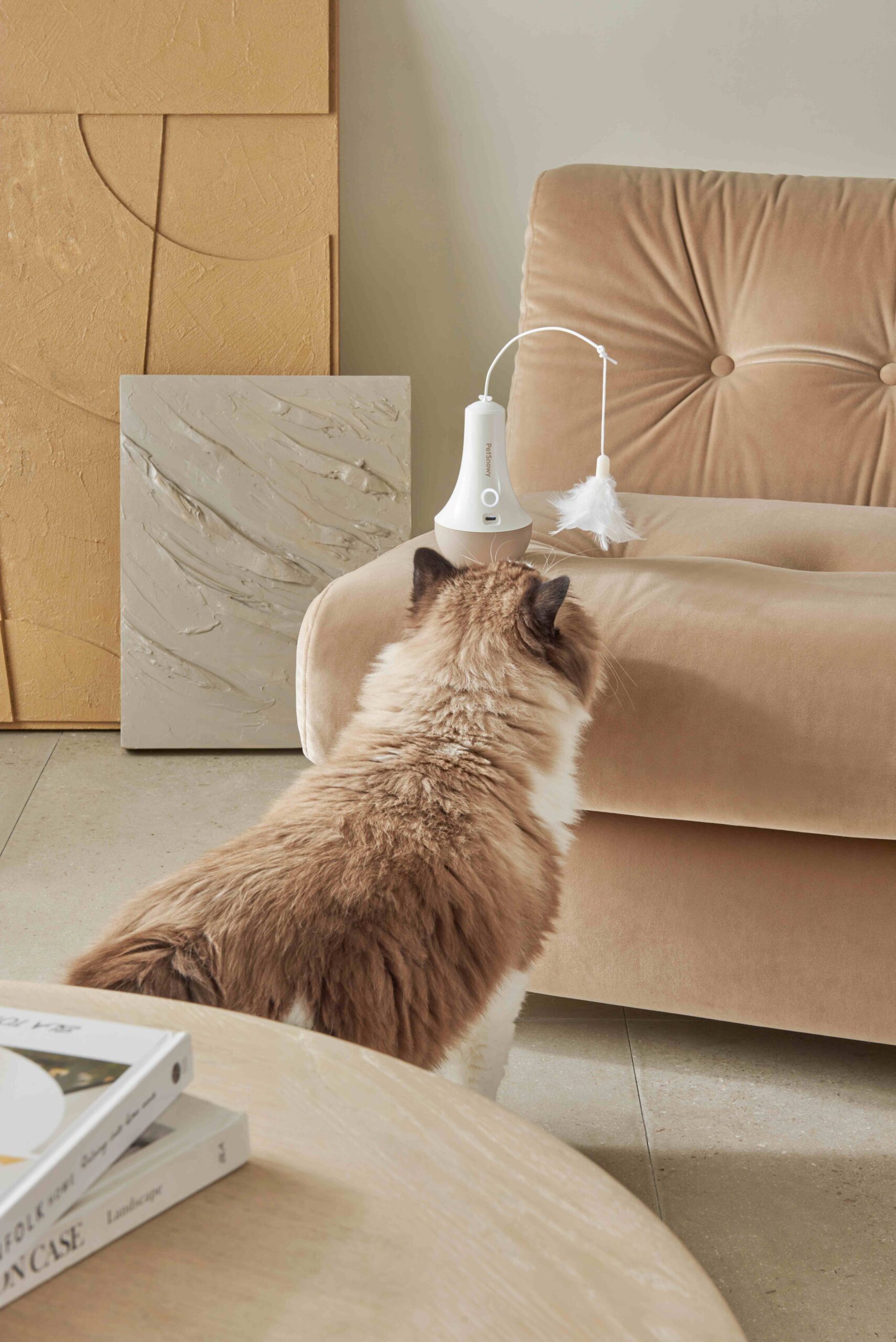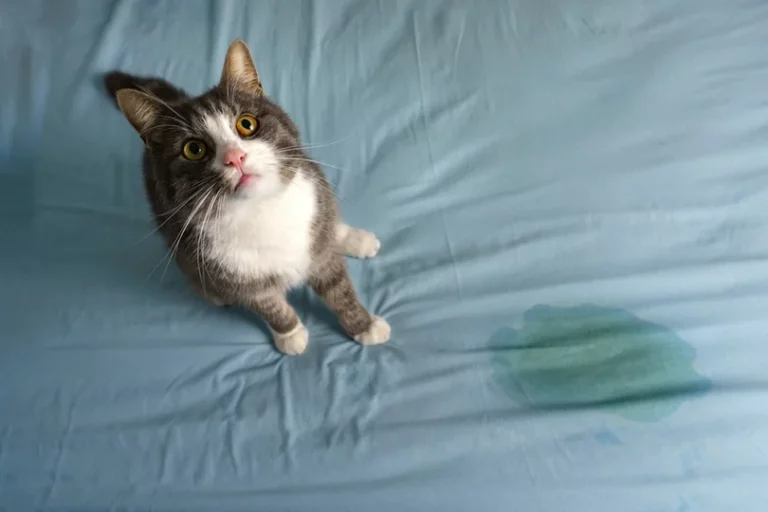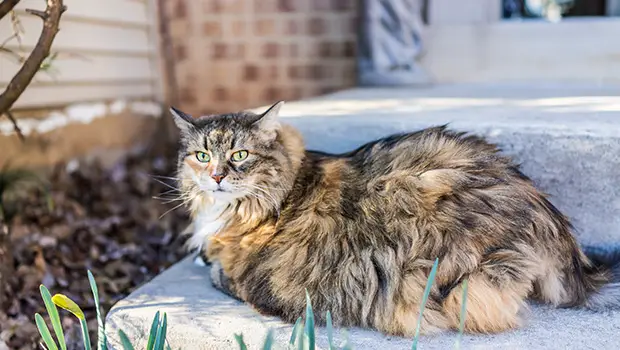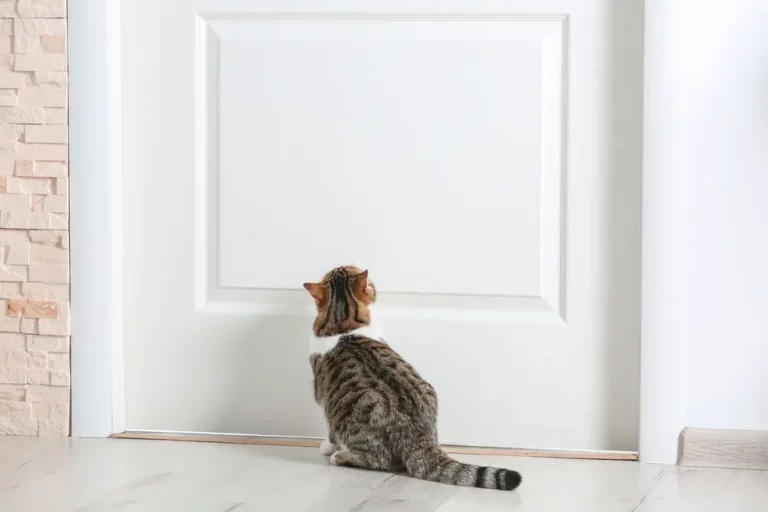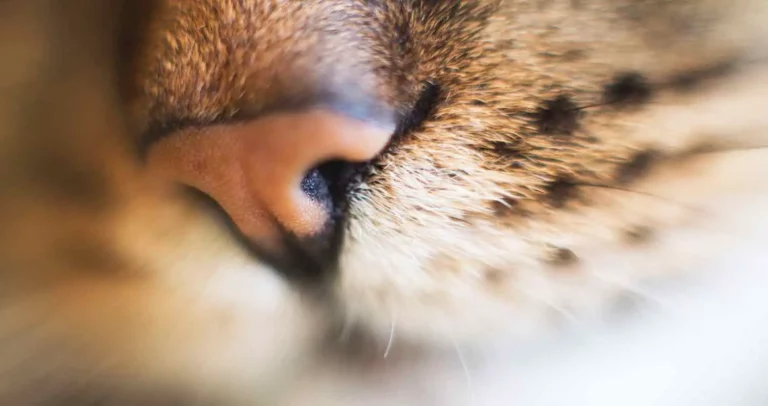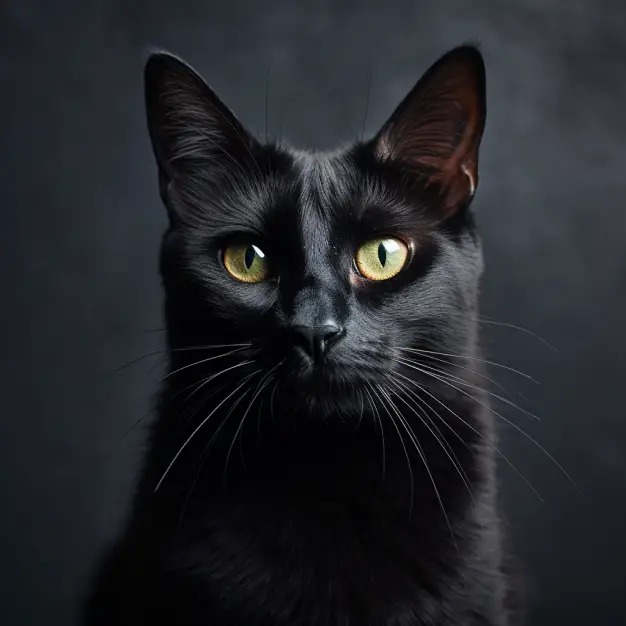Why Does My Cat Lick Curtains? A Comprehensive Guide
Cats are fascinating creatures with a myriad of intriguing behaviors, and one such behavior that may puzzle cat owners is their tendency to lick curtains. While it might seem like a strange and harmless quirk, it’s essential to understand the possible reasons behind this behavior to ensure your cat’s well-being.
Gaining insight into your cat’s curtain licking habits can help you determine whether it’s a simple preference or an indication of an underlying issue. By comprehending the possible causes, you can better address the behavior and ensure your cat remains healthy and happy.
This comprehensive guide will delve into the most common reasons for this peculiar habit, as well as steps you can take to discourage it and when to seek professional help.
No products found.
Common Reasons Cats Lick Curtains
Texture Attraction
How certain fabrics appeal to cats
Cats are naturally drawn to various textures, and curtains can offer a unique sensory experience. Some materials, like velvet or silk, might mimic the softness of their fur, while others, such as rougher or textured fabrics, can provide a satisfying sensation on their tongue. This curiosity could be one of the reasons your cat enjoys licking curtains.
Sensory stimulation from curtains
Curtains, especially those that sway or flutter, can provide additional sensory stimulation for your cat. The movement, combined with the texture, may make the curtains an irresistible target for licking.
Scent Transfer
Marking territory
Cats have scent glands in their cheeks and use them to mark their territory. When your cat licks the curtains, it might be attempting to deposit its scent to claim the area as part of its domain. This behavior is common in multi-cat households where territorial disputes may arise.
Comfort-seeking behavior
Cats may also lick curtains as a way to seek comfort. The scent transfer can create a sense of familiarity and security, which can be especially reassuring if the cat is feeling anxious or stressed.
No products found.
Grooming Behavior
Natural grooming habits
Licking is an integral part of a cat’s grooming routine. Cats spend a considerable amount of time grooming themselves, and this behavior might extend to nearby objects, such as curtains. Licking curtains could be a way for your cat to practice its grooming habits or remove loose fur from its tongue.
Self-soothing mechanism
Curtain licking may serve as a self-soothing mechanism for your cat, similar to how grooming can be relaxing. The repetitive motion of licking can help calm your cat and provide comfort during times of stress or anxiety.
Nutritional Deficiencies
Pica disorder
Pica is a condition where an animal consumes non-food items, which can be a sign of nutritional deficiencies. If your cat is licking or chewing on curtains, it could be an indication that it lacks essential nutrients in its diet.
Importance of a balanced diet
Ensuring your cat has a well-balanced diet can help prevent nutritional deficiencies and curb the desire to lick or chew on curtains. Consult your veterinarian for guidance on the appropriate diet for your cat’s specific needs.
Medical Conditions That Cause Licking
Dental Issues
Pain relief
Cats may lick curtains to alleviate discomfort caused by dental problems, such as gum disease, tooth decay, or oral injuries. The action of licking can provide a temporary distraction from the pain and soothe the affected area.
Identifying dental problems
Regularly checking your cat’s mouth for signs of dental issues, such as redness, swelling, or bad breath, can help you detect problems early. If you suspect your cat has a dental issue, consult your veterinarian for a thorough examination and treatment.
Allergies
Soothing irritated skin
Cats can develop allergies to various substances, including food, pollen, or household chemicals. These allergies can cause skin irritation, leading your cat to lick curtains in an attempt to soothe the itchiness or discomfort.
Recognizing allergy symptoms
Watch for other signs of allergies in your cat, such as excessive scratching, hair loss, or skin inflammation. If you suspect your cat has an allergy, consult your veterinarian to identify the cause and develop a suitable treatment plan.
Anxiety and Stress
Compulsive behavior
Licking curtains can be a compulsive behavior resulting from anxiety or stress. Cats may develop compulsive behaviors as a coping mechanism in response to changes in their environment, social dynamics, or other stressors.
Signs of anxiety in cats
Identifying signs of anxiety in your cat can help you address the underlying cause of the curtain licking behavior. Symptoms of anxiety include excessive grooming, hiding, vocalizing, or changes in eating and sleeping habits. Consult your veterinarian or a feline behavior specialist for guidance on managing your cat’s anxiety.
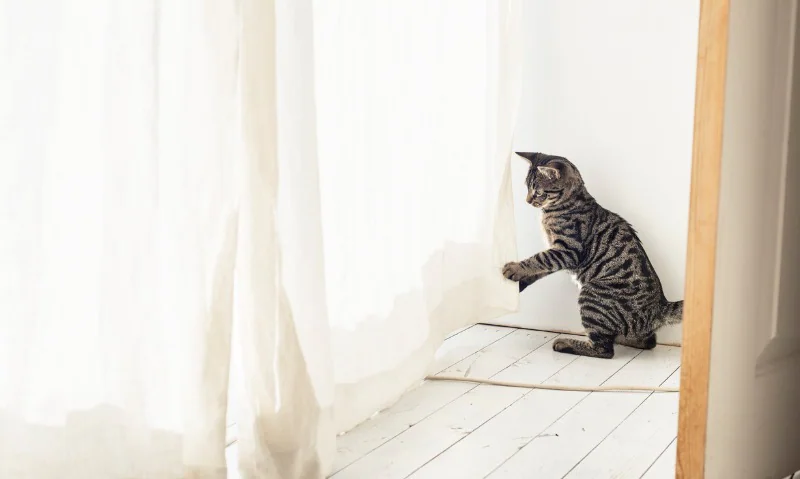
Discouraging Curtain Licking
Redirecting Behavior
Providing alternative textures
To discourage your cat from licking curtains, offer alternative textures that satisfy their sensory curiosity. Provide a variety of toys with different materials, such as plush, rubber, or rope, to redirect their attention from the curtains to more appropriate items.
Interactive toys and playtime
Engage your cat in interactive play using toys that stimulate their hunting instincts, such as feather wands, laser pointers, or motorized toys. Regular playtime can help divert your cat’s energy away from curtain licking and promote a healthier, happier lifestyle.
Behavioral Training
Positive reinforcement
When you catch your cat licking the curtains, redirect their attention to a more suitable activity or toy, and reward them with praise, petting, or treats when they comply. Positive reinforcement can help your cat associate the desired behavior with rewards, discouraging the unwanted curtain licking habit over time.
Consistency in training
It’s essential to be consistent when training your cat to stop licking curtains. Be patient and persistent, as it may take time for your cat to adjust and understand the new expectations.
Environmental Changes
Limiting exposure to triggers
If your cat’s curtain licking behavior is a result of stress or anxiety, try to identify and minimize exposure to potential triggers. This could include rearranging furniture to create a more calming environment, providing safe spaces for your cat to retreat to, or establishing a consistent routine.
Providing safe spaces
Create designated areas where your cat can relax and feel secure, such as cat trees, perches, or cozy beds. Having a designated safe space can help reduce anxiety and stress, which may decrease the likelihood of your cat resorting to curtain licking as a coping mechanism.
When to Consult a Veterinarian
Identifying concerning behavior
While occasional curtain licking might not be a cause for alarm, it’s essential to monitor your cat’s behavior and take note of any changes or patterns. If the curtain licking becomes excessive, frequent, or is accompanied by other concerning symptoms, it’s crucial to seek professional guidance.
Professional guidance for medical issues
Consulting a veterinarian is necessary if you suspect your cat’s curtain licking is due to a medical condition or if the behavior does not improve despite your efforts. Your veterinarian can perform a thorough examination to determine any underlying issues and recommend appropriate treatment options. They may also refer you to a feline behavior specialist if the issue is primarily behavioral.
Remember that addressing the root cause of your cat’s curtain licking behavior is crucial to ensuring their well-being. By understanding the potential reasons and implementing appropriate solutions, you can help your cat enjoy a happier, healthier life.
Final Thoughts
Understanding why your cat licks curtains involves considering several factors, including texture attraction, scent transfer, grooming habits, nutritional deficiencies, dental issues, allergies, and anxiety. By identifying the possible cause of this behavior, you can take appropriate steps to discourage it, such as providing alternative textures, using positive reinforcement, and making environmental changes.
While it might be easy to dismiss curtain licking as a harmless quirk, recognizing and addressing the underlying cause is essential for your cat’s well-being. If you have concerns or the behavior persists, consult your veterinarian for professional guidance. Ultimately, taking the time to understand your cat’s behavior can help strengthen your bond and contribute to a happier, healthier life for your feline friend.
Frequently Asked Questions
Can certain curtain materials be dangerous for my cat?
Yes, some curtain materials can be dangerous for your cat. For instance, loosely woven fabrics may pose a risk if your cat accidentally ingests threads or fibers, leading to digestive blockages. Additionally, certain materials treated with chemicals, such as flame retardants or water repellents, could be harmful if ingested. Ensure your curtains are made from safe materials and monitor your cat’s interactions with them.
Is it normal for a cat to lick other household items?
It’s not uncommon for cats to lick various household items, such as furniture, clothing, or even walls. This behavior can be a result of curiosity, sensory stimulation, grooming habits, or other factors. While occasional licking of household items may be harmless, it’s essential to monitor your cat’s behavior to ensure it doesn’t become excessive or indicate an underlying issue.
How can I tell if my cat’s licking behavior is due to a medical condition?
Determining whether your cat’s licking behavior is due to a medical condition requires monitoring for other symptoms or changes in their overall behavior. Some signs that may indicate a medical issue include weight loss, changes in appetite, excessive drooling, bad breath, vocalizing, or increased aggression. If you suspect a medical issue, consult your veterinarian for a thorough examination and diagnosis.
What other signs should I look for in my cat’s behavior to identify potential issues?
To identify potential issues in your cat’s behavior, watch for changes in their eating, sleeping, and grooming habits, as well as any signs of stress, anxiety, or pain. Other red flags include excessive scratching, hair loss, skin inflammation, hiding, or unexplained weight fluctuations. Regular observation and understanding your cat’s baseline behavior can help you recognize when something is amiss.
Can cats develop a preference for licking curtains over time?
Yes, cats can develop a preference for licking curtains over time. This preference may be due to the sensory stimulation provided by the curtain material, a habit formed from past experiences, or even an unaddressed underlying issue. It’s important to understand the reason behind this preference and take appropriate steps to discourage the behavior, ensuring your cat remains healthy and engaged in more suitable activities.

